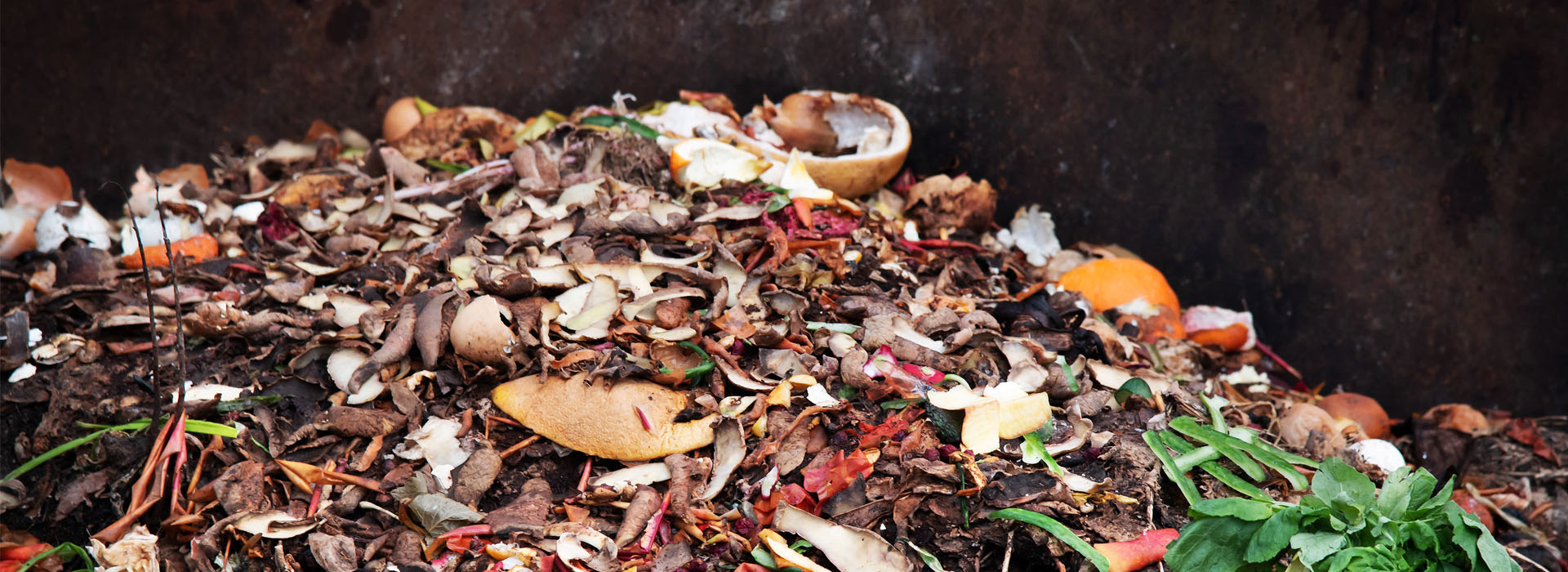Critical success and risk factors for circular business models valorising agricultural waste and by-products
As part of the H2020 European Project NoAW (No Agricultural Waste), Sofies (now part of dss+) contributed to the article “Critical success and risk factors for circular business models valorising agricultural waste and by-products.”

For a transition from a linear, ‘take-make-dispose’ economy to a sustainable usage of all constituents of renewable resources in cascading and circular pathways, new business models valorising streams that are currently considered as waste are needed.
The aim of this article is to understand critical success and risk factors of eco-innovative business models that contribute to a circular economy via agricultural unavoidable waste or by-products valorisation.
39 cases were studied focusing on agricultural side stream conversion into valuable products. Semi-structured interviews were performed and secondary data collected. Cases were analysed according to types of initiatives, main objectives, resources and valorisation pathways, as well as external and internal factors that have influenced the businesses over time.
The following success and risk factor categories were identified:
- technical and logistic
- economic, financial and marketing
- organisational and spatial
- institutional and legal
- environmental, social and cultural
Herein, specific factors for the agricultural sector are innovative conversion technologies, flexible in and out logistics, joint investments in R&D, price competitiveness for bio-based products, partnerships with research organisations, space availability, subsidies, agricultural waste management regulations, local stakeholder involvement and acceptance of bio-based production processes.
Insights from this study can help farmers and agribusiness managers by defining and adapting their strategies within their local contexts. They also show that for shifting from linear agro-food chains to a circular system, individual businesses need to evolve towards more dynamic and integrated business models, in which the macroenvironment sets the boundary conditions for successful operations.